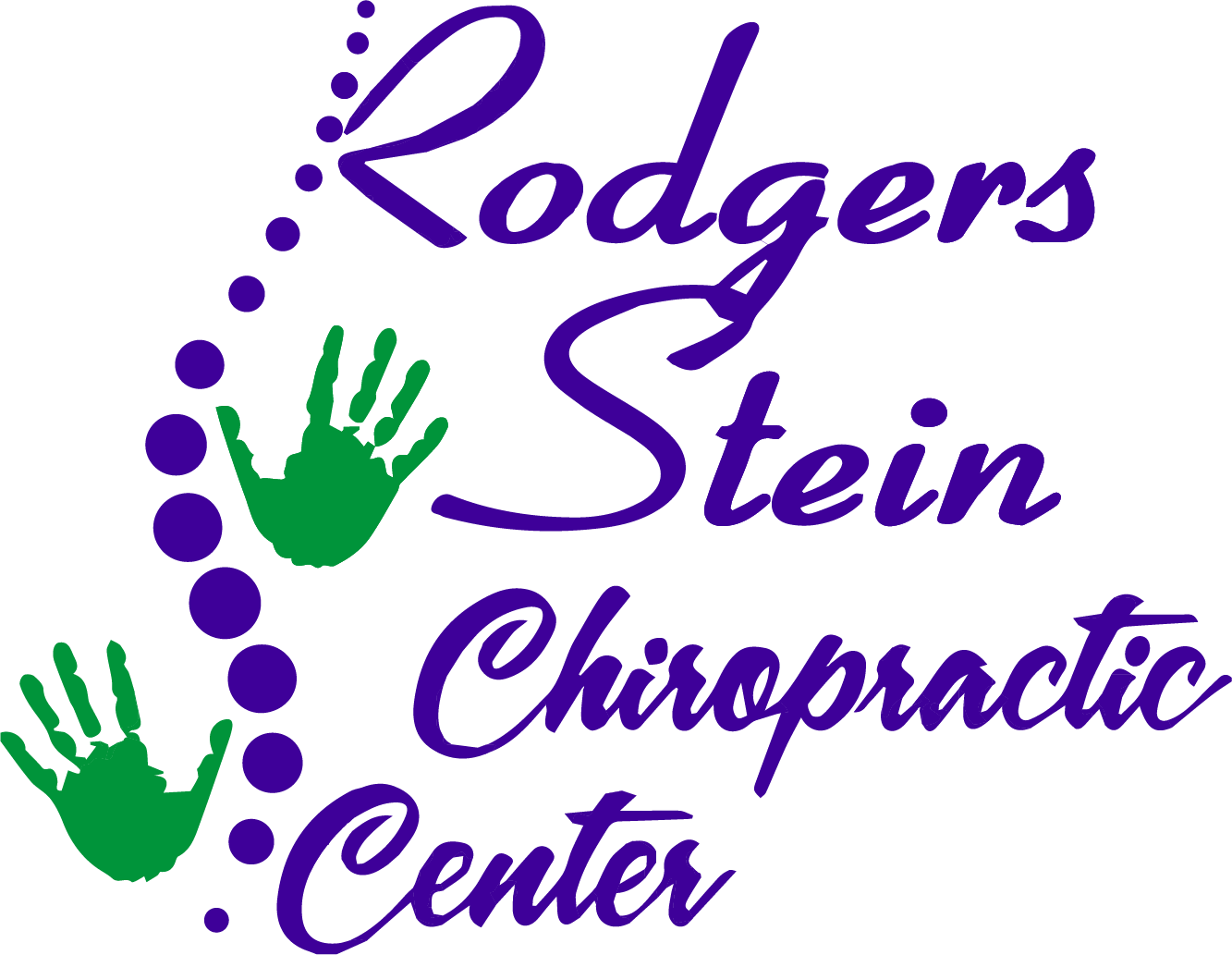If you're struggling with chronic tension headaches, you might be surprised at how chiropractors can help. They utilize a range of techniques designed to address the root causes of your discomfort, from spinal adjustments to stress management strategies. By focusing on your overall well-being, they can provide tailored solutions that fit your lifestyle. But what specific methods do they employ to target those nagging headaches? Understanding these approaches can empower you to take control of your health and find lasting relief.
Spinal Adjustments
When it comes to managing chronic tension headaches, spinal adjustments can play a crucial role. You mightn't realize how much your spine affects your overall health, but misalignments in your vertebrae can lead to increased tension and discomfort. Chiropractors use specific techniques to correct these misalignments, allowing your body to function more effectively.
During a spinal adjustment, your chiropractor carefully applies controlled pressure to the affected areas of your spine. This process helps restore proper alignment, which can alleviate the muscle tension that often contributes to headaches. By correcting these misalignments, you may experience reduced pain and improved mobility. In many cases, patients report feeling immediate relief after an adjustment, which can be a significant breakthrough in managing chronic headaches.
Moreover, spinal adjustments can help improve blood flow and reduce inflammation, both of which are essential for relieving headache symptoms. You might find that regular adjustments not only reduce the frequency of your headaches but also lessen their intensity when they do occur.
Incorporating spinal adjustments into your wellness routine can be a proactive step toward headache management. By working with a chiropractor, you'll develop a personalized treatment plan that addresses your specific needs.
Postural Correction
Good posture is essential for preventing chronic tension headaches, as it directly impacts the alignment of your spine and overall muscle tension. When you maintain proper posture, your body distributes weight evenly, reducing stress on your muscles and ligaments. This helps prevent the tightness that often leads to headaches.
You may not realize how your daily habits affect your posture. Sitting at a desk for long periods or looking down at your phone can cause you to slouch, which puts unnecessary strain on your neck and shoulders. By consciously correcting your posture throughout the day, you can greatly reduce the likelihood of developing tension headaches.
Chiropractors often assess your posture to identify any imbalances or misalignments. They'll provide you with personalized strategies to improve your posture, such as ergonomic adjustments to your workspace or exercises to strengthen weak muscles.
Simple changes, like adjusting your chair height or using a lumbar roll, can make a big difference.
In addition, practicing good posture involves being mindful of how you stand and move. When you walk, keep your head up and shoulders back, and when you sit, make sure your feet are flat on the floor.
These small adjustments can lead to long-term benefits.
Soft Tissue Therapy
Soft tissue therapy plays an essential role in alleviating chronic tension headaches by targeting the muscles and connective tissues that contribute to discomfort. When you experience tension headaches, tightness in your neck, shoulders, and upper back often exacerbates the pain. Chiropractors utilize various soft tissue techniques, such as massage, myofascial release, and trigger point therapy, to help relieve this tension.
During your appointment, the chiropractor will assess your specific areas of tightness and discomfort. They'll apply targeted pressure to release knots and improve blood flow, which can greatly reduce headache frequency and intensity. You might find that deep tissue massage helps break down adhesions in the muscles, allowing for better mobility and relaxation.
Additionally, myofascial release focuses on the fascia—the connective tissue surrounding your muscles. By gently stretching and manipulating this tissue, your chiropractor can help alleviate restrictions that may be contributing to your headaches.
Trigger point therapy, on the other hand, specifically targets hyperirritable spots within the muscle, providing immediate relief by releasing built-up tension.
Incorporating soft tissue therapy into your treatment plan not only addresses the immediate pain but also promotes long-term wellness. You'll likely notice improved muscle function and reduced likelihood of future headaches.
Stress Management Techniques
Effective stress management techniques are essential for reducing the frequency and intensity of chronic tension headaches. By incorporating these strategies into your daily routine, you can greatly alleviate the pressure you may feel in your head and neck.
One effective technique is mindfulness meditation. Taking just a few minutes each day to focus on your breath can help calm your mind and body, reducing stress levels.
Another useful method is progressive muscle relaxation. This technique involves tensing and relaxing different muscle groups, which can help you become more aware of physical tension in your body. By systematically releasing this tension, you may notice a reduction in headache symptoms.
Additionally, deep breathing exercises can be incredibly beneficial. When you take slow, deep breaths, you activate your body's relaxation response, which counters stress and promotes a sense of calm.
Engaging in regular physical activity is also a great way to manage stress. Whether it's a brisk walk, yoga, or dancing, moving your body releases endorphins that improve your mood and reduce tension.
Don't underestimate the power of social support; talking to friends or family about your stressors can provide you with relief and different perspectives.
Finally, you might consider journaling as a way to process your thoughts and emotions. Writing down your feelings can help you identify patterns and triggers related to your headaches.
Lifestyle Recommendations
Adopting healthy lifestyle habits can greatly impact the frequency and severity of chronic tension headaches. One of the most effective changes you can make is to prioritize regular physical activity. Aim for at least 30 minutes of moderate exercise most days of the week. This doesn't have to be intense; even walking, stretching, or yoga can help reduce muscle tension and improve circulation, leading to fewer headaches.
Next, focus on maintaining good posture throughout your daily activities. Whether you're sitting at a desk or using your phone, make sure your head and neck are aligned properly. Ergonomic adjustments to your workspace can also make a considerable difference. Invest in a supportive chair and position your computer screen at eye level to avoid straining your neck.
Additionally, incorporating relaxation techniques into your routine can be beneficial. Try practicing deep breathing, meditation, or gentle stretching exercises to ease muscle tension and promote relaxation. These practices can help you manage stress, which is often a trigger for tension headaches.
Don't forget about sleep. Aim for 7-9 hours of quality sleep each night to give your body the rest it needs. Establishing a consistent sleep schedule can greatly improve your overall well-being and help prevent headaches.
Finally, stay hydrated. Drinking enough water throughout the day keeps your body functioning effectively and can help prevent dehydration-related headaches.
Nutritional Guidance
Nourishing your body with the right foods can play an essential role in managing chronic tension headaches. By focusing on a balanced diet, you can help reduce headache frequency and intensity. Start by incorporating plenty of fruits and vegetables. These foods are rich in antioxidants and vitamins that can combat inflammation and provide necessary nutrients to support your overall health.
Don't forget to hydrate! Dehydration is a common headache trigger, so make certain you're drinking enough water throughout the day. Aim for at least eight glasses, and more if you're active or live in a hot climate. You might also consider herbal teas, which can offer additional benefits.
Next, pay attention to your intake of magnesium-rich foods. Studies suggest that magnesium deficiency can contribute to headaches. Include foods like spinach, nuts, seeds, and whole grains in your meals.
Omega-3 fatty acids are another key player; they help reduce inflammation. You can find these in fatty fish like salmon, walnuts, and flaxseeds.
It's also important to monitor your caffeine consumption. While moderate caffeine can relieve headaches for some, too much can lead to dependency and withdrawal headaches.
Finally, try to eat regular meals and snacks to maintain stable blood sugar levels. Skipping meals can trigger headaches, so plan ahead to guarantee your body gets the nutrition it needs.
Exercise and Rehabilitation
When dealing with chronic tension headaches, incorporating exercise and rehabilitation into your routine can make a significant difference.
Customized exercise programs, stretching techniques for relief, and posture improvement strategies are essential tools you'll want to explore.
Customized Exercise Programs
Customized exercise programs play an essential role in managing chronic tension headaches, addressing the unique needs of each individual. When you work with a chiropractor, they'll assess your specific symptoms, lifestyle, and overall health to create an effective exercise regimen tailored just for you.
This personalized approach guarantees that you're not only targeting the root causes of your headaches but also improving your overall physical well-being.
Incorporating strength training, aerobic activities, and balance exercises, your program can enhance muscle support around your neck and shoulders, where tension often builds. By engaging in these targeted exercises, you'll increase blood flow, improve posture, and reduce stress levels, all of which can considerably alleviate headache frequency and severity.
Moreover, your chiropractor will guide you on proper techniques to avoid injury and maximize benefits. As you progress, they'll adjust your program based on your response, assuring it remains effective.
Consistent participation in your customized exercise program can empower you to take control of your headaches and improve your quality of life.
Stretching Techniques for Relief
Stretching techniques can provide significant relief from chronic tension headaches by targeting the muscles that contribute to tension and discomfort. Incorporating regular stretching into your routine can help alleviate tightness in your neck, shoulders, and upper back—areas often affected by stress and poor posture.
Start with neck stretches. Gently tilt your head to one side, bringing your ear towards your shoulder, and hold for 15-30 seconds. Switch sides and repeat. This simple movement helps relieve tension in the neck muscles.
Next, try shoulder rolls. Raise your shoulders towards your ears, then roll them back and down in a circular motion. Repeat this for several cycles to release tightness in the shoulders.
You can also perform upper back stretches. Interlace your fingers and extend your arms in front of you, rounding your upper back. Hold this position for 15-30 seconds. This stretch opens up the chest and eases tension across the upper body.
Remember to breathe deeply during each stretch. By incorporating these techniques into your daily routine, you can effectively reduce the frequency and intensity of chronic tension headaches, promoting overall relaxation and well-being.
Posture Improvement Strategies
Maintaining good posture is essential for preventing and alleviating chronic tension headaches. When you sit or stand with proper alignment, you reduce strain on your neck and shoulders, which can help minimize headache triggers. To improve your posture, start by being mindful of your body position throughout the day.
Incorporate exercises that strengthen your core and back muscles. Planks and bridges are great for building stability, while wall angels can enhance shoulder mobility. These exercises help support your spine and keep your body in alignment, reducing tension that contributes to headaches.
While working at a desk, make certain your workstation is ergonomically set up. Adjust your chair height so your feet rest flat on the ground and your monitor is at eye level. Take regular breaks to stretch and reset your posture.
Additionally, practicing mindfulness techniques can promote awareness of your posture. When you catch yourself slouching, gently correct your alignment and breathe deeply.
Over time, these strategies will help you maintain better posture, ultimately decreasing the frequency and intensity of chronic tension headaches. Remember, small changes can make a big difference!
Trigger Point Therapy
Trigger Point Therapy is a powerful technique for relieving chronic tension headaches. This method targets specific areas, known as trigger points, in your muscles that may be contributing to your headaches. These trigger points are often tight knots or bands of muscle tissue that can cause pain in various parts of your body, including your head.
When you visit a chiropractor for Trigger Point Therapy, they'll first assess your condition to identify the affected areas. You'll experience hands-on techniques, where they'll apply pressure to these trigger points to release tension and promote blood flow. This targeted approach not only alleviates pain but also helps improve muscle function.
You might notice that Trigger Point Therapy can provide immediate relief from headache pain. However, it can also have long-term benefits. By addressing the underlying muscle tension, this therapy can reduce the frequency and intensity of your headaches over time.
It's important to communicate with your chiropractor during the process, as they can adjust their techniques based on your comfort level and pain threshold.
Incorporating Trigger Point Therapy into your treatment plan can be a game changer. You'll feel more in control of your headaches and may even experience improved overall well-being.
If you're struggling with chronic tension headaches, consider discussing Trigger Point Therapy with your chiropractor. They can guide you through the process and help you find the relief you've been seeking.
Ergonomic Assessments
If you're dealing with chronic tension headaches, addressing ergonomic factors in your daily environment can profoundly contribute to your relief. Chiropractors often conduct ergonomic assessments to identify potential triggers in your workspace or home that may be exacerbating your headaches. By evaluating your posture, desk setup, and daily habits, they can help pinpoint issues that need adjustment.
During an assessment, your chiropractor might observe how you sit at your desk, the height of your computer screen, and even the chair you use. They'll look for common culprits, such as slouching, poor screen positioning, and inadequate lumbar support. These factors can strain your neck and shoulders, leading to muscle tension and headaches.
After identifying the issues, your chiropractor will provide tailored recommendations to create a more ergonomic environment. This may include suggestions for an adjustable chair, a standing desk, or even ergonomic accessories like keyboard trays and monitor risers.
They may also advise on proper body mechanics, such as how to sit correctly and take breaks to stretch.
Implementing these changes can markedly reduce the frequency and intensity of your headaches. It's about creating a workspace that supports your body rather than one that contributes to discomfort.
Education and Awareness
While understanding the underlying causes of chronic tension headaches may seem intimidating, education and awareness can empower you to manage and alleviate your symptoms effectively. Knowledge about what triggers your headaches is essential. You might discover that stress, poor posture, or even dehydration plays a significant role in your discomfort. By identifying these factors, you can take proactive steps to minimize their impact on your daily life.
Chiropractors often emphasize the importance of education in their treatment plans. They'll provide insights into proper body mechanics, recommend exercises to improve your posture, and explain how stress management techniques can help you. Learning about these aspects can make a significant difference in how you experience tension headaches.
Additionally, staying informed about the latest research on headache management can help you feel more in control. You can explore various techniques, such as mindfulness, relaxation exercises, and even dietary changes that might reduce the frequency of your headaches. The more you know, the better equipped you're to advocate for your own health.
Don't hesitate to ask your chiropractor questions during your appointments. They're there to guide you and enhance your understanding of your condition. By actively participating in your education, you'll not only gain valuable insights but also build a collaborative relationship with your chiropractor that can lead to better outcomes.
Conclusion
Incorporating chiropractic care into your routine can greatly alleviate chronic tension headaches. By utilizing spinal adjustments, postural correction, and soft tissue therapy, you'll find relief and improved mobility. Embracing stress management techniques, lifestyle changes, and ergonomic assessments empowers you to tackle headache triggers effectively. Remember, education and awareness about your body play essential roles in your journey. So, take charge of your health and consider these chiropractic strategies for a brighter, headache-free future!



